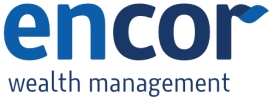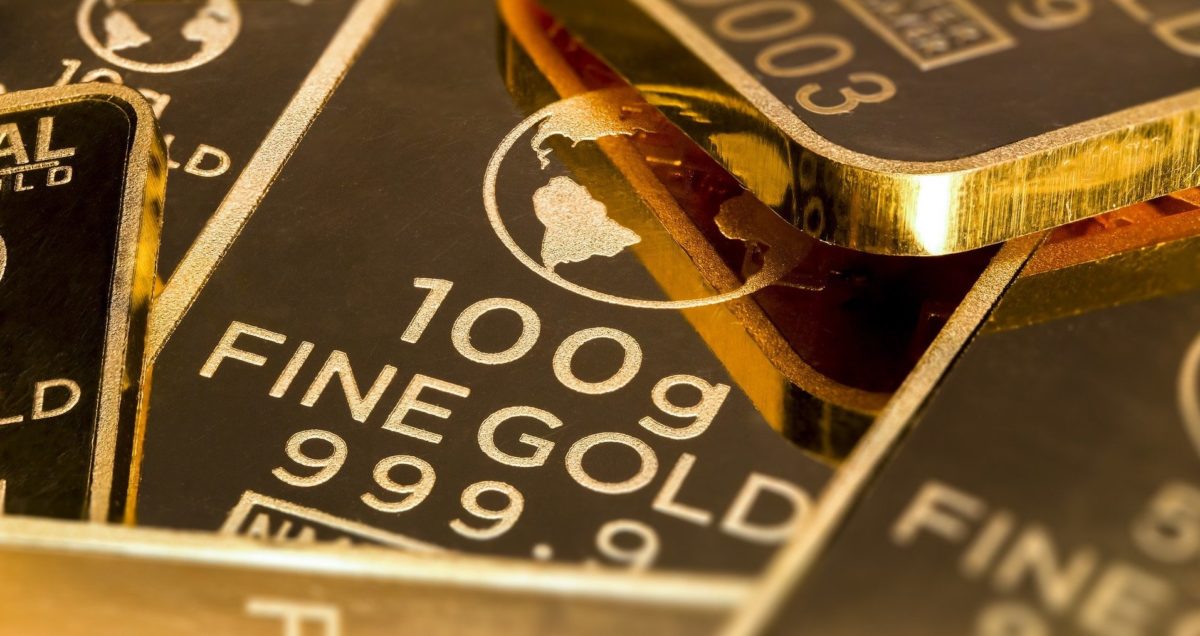As part of our ongoing series “Brief Investment Guide” (in Czech: “Strucny pruvodce investovanim”) in the Czech Daily E15 running weekly since mid-October, we published the following articles on Commodities (26 November 2019) and Gold and Precious Metals (3 December 2019).
First, on Commodities by Mark Robinson, Head of Asset Allocation at EnCor Wealth Management:
Commodities – a hybrid asset class
“Financial instruments replicating commodities are as old as The Bible. In today’s electronic financial markets, this asset class can be accessed via funds (usually more expensive for investors) or via “exchange traded funds/commodities” (“ETFs/ETCs”), usually cheaper in cost (0.3%-0.5% cost per annum) and where groupings or individual types of commodity can be bought. Most market commentators (and funds) group commodities, from precious metals, oil & gas, agricultural goods and industrial metals, all together as an asset class. The logic of grouping them together is their common feature, that there is no “yield”, or return from them, except for price gains. We at EnCor split the asset class in two: The larger grouping, from corn to coal, from pork to gas, are consumed in the economy. So, any gains result from when someone else deems them more valuable and prices then rise. This is usually when economies are booming, or more randomly, when storms or other disasters affect supply. This is “cyclical”, or moving up and down in a range over time. The smaller grouping, no less important, is precious metals, such as gold and silver. They have had an intrinsic value, as immutable/indestructible, for at least 5,000 years, as currency. This record means they should be treated differently. And in these times when debts grow around the world and more and more paper money is created to pay the debts, that “intrinsic” value in money pricing has risen and may well continue to do so.”
Following that, published in E15, Denis Petrakov, Private Banker, Precious Metals Dealer and Partner of the Czech Mint for selected export markets on Gold and Precious Metals:
“In general, gold and precious metals are a suitable complement to an investment portfolio, allowing for broader diversification. In addition, precious metals in physical form, such as investment gold ingots or coins, also largely insulate the holder from the danger or the risk of a banking system crashing in a financial crisis situation. Precious metals differ precisely from other commodities [due to their high price per weight] in the ability to store them in physical form at a very low cost. This is also used by some funds that issue participation certificates against a physically-held amount of gold, silver, platinum or palladium in a special depository. These so-called ‘physically backed ETFs’ are highly liquid publicly traded securities with direct exposure to the spot prices of the metal.
“Unlike stocks, bonds and structured products however, possession of gold and other precious metals alone do not generate any return. Therefore, investor decision-making needs to be well considered over a timeline, taking into account the evolution of prices in the past and taking into account fundamental factors, which are discussed below:
“The balance of supply and demand of extracted metal for industry and investment consumption plays an important role for all metals, as well as other factors that indirectly significantly influence price movements. Interest rates (rising rates increases the holding costs of alternative investments), the economic situation in China and India (these two markets together consume up to one third of the world’s gold production), the automobile market (platinum and palladium are used in car engine catalytic converters) and the EUR/USD currency pair are among the most-discussed.”
Mr Petrakov continues in an extended blog, published exclusively here on our website:
“Mining costs are key in terms of affecting the supply side of gold and other precious metals. These are at different levels according to mining location around the globe, energy costs and operating infrastructure, and, of course, according to the method of extraction. For example, gold is mined at average costs in Russia and other countries of the former Soviet Union and mining is most expensive in Africa and some countries of Oceania. The worldwide average gold mining cost is between approximately USD 900 and USD 1,000 per 1 oz (troy ounce), calculated including all-in sustainable costs. Until recently, up to 10% of mining projects were below the profitability threshold, so a significant price decline could result in the closure of a portion of the mines and a reduction in the metal market supply. This is just one of many examples of how structural phenomena affect the pricing of gold and other precious metals.
“If we were to assess whether the precious metals markets meet the classic definition of an effective market, akin to a large stock market, I would rank the gold and silver markets as the most efficient and the platinum and palladium markets – almost completely inefficient. Gold and silver are mined in many countries in many locations and have multiple uses in industry and investment. Platinum, and especially palladium, in particular, are used predominantly for catalytic processes in industry and in car catalytic converters. Even more interesting is the supply side-limiting condition that Russia and South Africa together contribute over 75% of the worldwide platinum and palladium production. Other countries , including Zimbabwe, the USA and Canada, account for only a minor or insignificant share of mining. With such strong distortions on the supply and demand side, platinum and palladium, with less market depth, are much more speculative metals than gold and silver.
“Back to the role of precious metals in the investment portfolio: regarding the purchase and holding of stocks of ingots or investment coins by private investors, a basic market for ingots and coins of all sizes and denominations worldwide is available in the Czech Republic. Due to the relatively small market here, however, the customer here has to count on higher spreads (differences) between buying and selling. Better pricing conditions, especially for larger volumes (for example tens of kilograms of gold) can be obtained at traditional precious metal trading centres such as London, Zurich or Singapore. It should be noted here that, by coincidence, these gold trading centres lie outside the EU (London is not so sure on this front right now, but that is an even worse situation). This implies a different approach to this type of financial asset: for example, in Switzerland physical investment gold is equivalent to cash, while in the EU it is just another form of private property. Some consequences also occur in the case of imports of physical investment metal into EU countries: they have to go through customs. Therefore, from the point of view of a Czech investor, the acquisition of investment ingots or coins outside the territory of the EU rather presupposes their holding and eventual further sale in the country of purchase.”
For more on the practical positioning of gold at present in the investment universe, see our Q3 2019 EnCor “Navigator” blog, which asserted further its role in the present global situation of super-low interest rates and negative-yielding debt.


